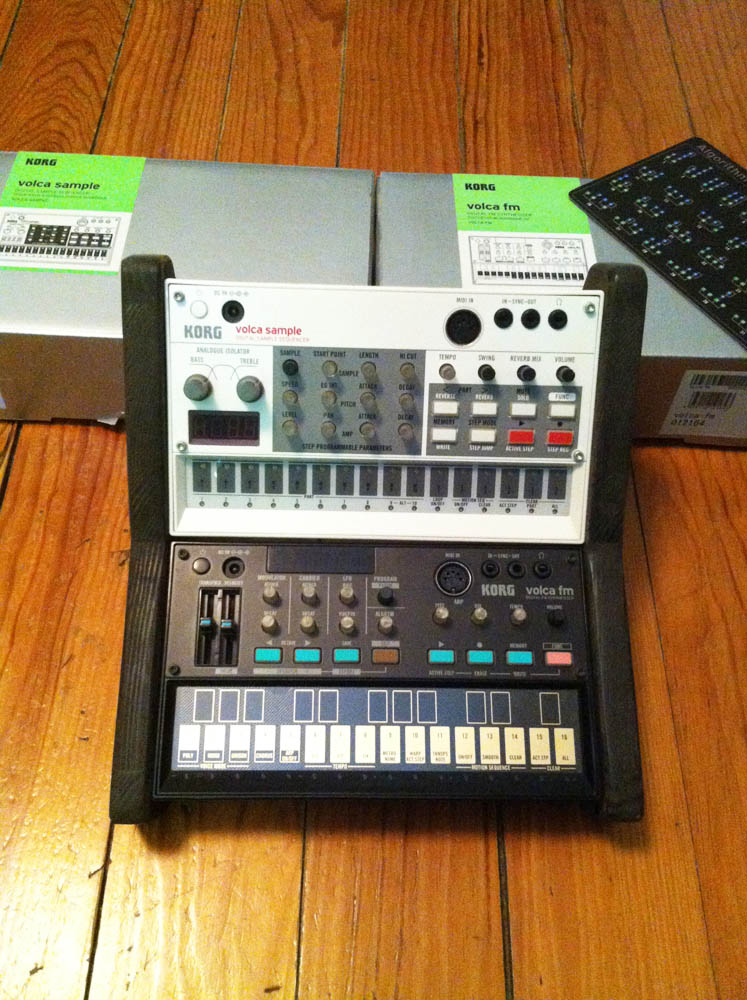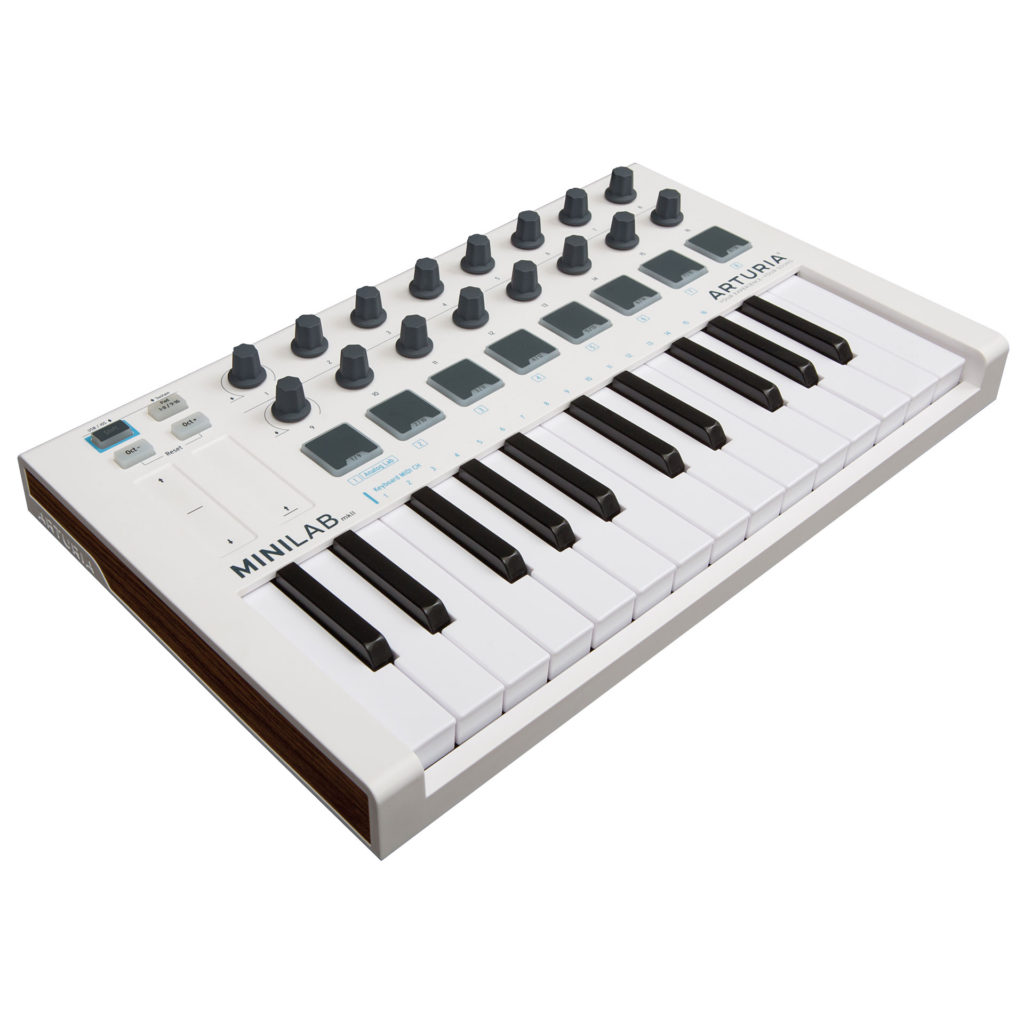

Users of the hardware MiniFreak can also download Arturia’s MiniFreak V plugin for free. Modulation can be easily routed from the front panel mod matrix, which has seven mod sources and seven destinations, three of which are user-assignable. MiniFreak packs an ADSR envelope per-voice, plus a modular-style Cycling Envelope and multi-mode LFO. There’s plenty of modulation available too. Like the MicroFreak, the sequencer and arp feature some fun tools for mixing up patterns, including the ‘Spice’ and ‘Dice’ randomisation tools. It can also sequencer for lanes of automation from any of the front panel controls. MiniFreak has an arpeggiator and 64-step polyphonic sequencer. There’s a ton of sequencing and modulation… MiniFreak’s output is stereo, and the effects can be used to add stereo width and movement to your synth sounds.


Each can make use of a range of effect types including reverbs, delays, modulation effects, EQs, distortion and compression,

MiniFreak also adds three digital effect engines. This is a resonant 12db filter with low-, high- and band-pass modes. The sound of each oscillator mode can be honed using Wave, Timbre and Shape functions.Īlongside the digital oscillators, MiniFreak packs an analogue multimode filter. These include two-operator FM, formant, speech and Karplus-Strong synthesis, stacked ‘super’ waves, and several oscillator modes developed by modular brand Noise Engineering. Like MicroFreak, MiniFreak’s two oscillators make use of a multitude of modern digital synthesis approaches. MiniFreak offers four voice modes: monophonic, polyphonic, paraphonic and a unison mode, where voices can be stacked and detuned to create thick synth tones.Īs well as functioning in a two-oscillator format, the second digital engine can also be used to apply processing to the first for some cool distortion and waveshaping effects.Ī Chord mode allows users to set and retrigger chord shapes, and a Scale function lets users jam around a set scale without fear of playing a wrong note.


 0 kommentar(er)
0 kommentar(er)
